Home>Articles>How Much Does It Cost to Replace Cast Iron Plumbing?
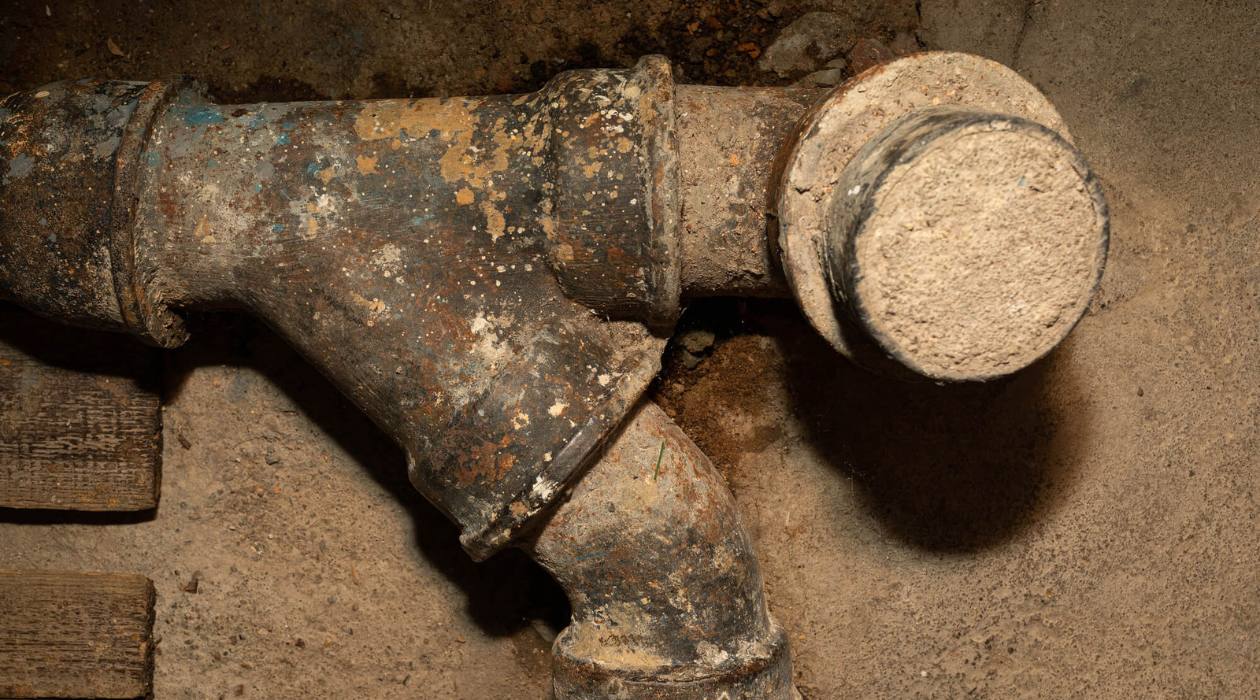

Articles
How Much Does It Cost to Replace Cast Iron Plumbing?
Modified: January 8, 2024
Find out how much it costs to replace cast iron plumbing with our informative articles. Discover expert tips and advice for a smooth plumbing upgrade.
(Many of the links in this article redirect to a specific reviewed product. Your purchase of these products through affiliate links helps to generate commission for Storables.com, at no extra cost. Learn more)
Introduction
Replacing cast iron plumbing can be a significant investment, but it is often necessary to ensure the safety and functionality of your home’s plumbing system. Cast iron plumbing, which was commonly used in older homes, can deteriorate over time due to factors such as rust, corrosion, and age. When this deterioration occurs, it can lead to leaks, clogs, and even structural damage to your property.
In this article, we will discuss the factors that can affect the cost of replacing cast iron plumbing, including labor costs and material costs. Additionally, we will explore the additional expenses that homeowners may need to consider, as well as the pros and cons of undertaking the project as a do-it-yourself (DIY) endeavor versus hiring a professional.
It’s important to note that the cost of replacing cast iron plumbing can vary widely depending on various factors, such as the size of your home, the extent of the plumbing system, the complexity of the job, and even the location. Therefore, it is crucial to obtain multiple quotes from reputable plumbing professionals to get an accurate estimate for your specific circumstances.
Now, let’s delve into the details of what factors can influence the cost of replacing cast iron plumbing.
Key Takeaways:
- Replacing cast iron plumbing involves various factors affecting costs, such as the plumbing system’s complexity, material choices, and accessibility. It’s crucial to consider these factors and obtain multiple quotes for an accurate estimate.
- When deciding between DIY and hiring a professional plumber for cast iron plumbing replacement, weigh the cost savings against the required skills, time commitment, and permit compliance. Assess your resources and project complexity for the best decision.
Factors Affecting the Cost of Replacing Cast Iron Plumbing
When determining the cost of replacing cast iron plumbing, several factors come into play. Understanding these factors can help you anticipate and budget for potential expenses. Here are some key factors that can affect the cost:
- Extent of the Plumbing System: The size and complexity of your plumbing system will have a significant impact on the cost. Homes with more extensive plumbing networks, such as multiple bathrooms and kitchens, will require more materials and labor to replace the cast iron pipes.
- Type of Pipes: Cast iron pipes can be replaced with different types of materials, such as PVC, copper, or PEX. The material you choose will affect the overall cost. PVC pipes are generally the most cost-effective option, while copper pipes are more expensive but offer durability and longevity.
- Accessibility: The accessibility of your plumbing system is another factor to consider. If the pipes are easily accessible, the labor time and cost may be lower. However, if the pipes are concealed behind walls or under floors, additional labor and material expenses may be involved in accessing and replacing them.
- Scope of Demolition and Restoration Work: Replacing cast iron plumbing often involves some degree of demolition and restoration work. This can include cutting through walls, removing old pipes, and repairing any damage to the surrounding areas. The extent of this work will impact the overall cost.
- Permit Requirements: Depending on your location, you may need to obtain permits for plumbing projects. Permit costs can vary and should be factored into your budget.
- Plumbing Contractor: The expertise and reputation of the plumbing contractor you hire can also affect the cost. Established and experienced contractors may charge higher rates but provide quality workmanship and reliable service.
- Timing of the Project: The timing of your plumbing project can also influence the cost. In some cases, scheduling the replacement during the off-peak season may result in lower rates as contractors may offer discounts or promotions.
It’s essential to consult with a professional plumber to assess your specific situation and provide an accurate estimate based on these factors. By considering these factors ahead of time, you can better prepare yourself financially for replacing your cast iron plumbing system.
Labor Costs for Replacing Cast Iron Plumbing
One of the significant expenses involved in replacing cast iron plumbing is the cost of labor. Plumbing projects require skilled professionals who can safely and efficiently remove the old cast iron pipes and install new ones. The labor costs can vary based on several factors:
- Complexity of the Job: The complexity of the plumbing system and the scope of work required will impact the labor costs. If a straightforward replacement is needed, where access to the pipes is relatively easy, the labor costs may be lower. However, if the project involves intricate pipe configurations or requires extensive demolition and restoration work, the labor costs will likely be higher.
- Experience and Expertise of the Plumber: The level of experience and expertise of the plumber you hire will also affect the labor costs. Established and reputable plumbers may charge higher rates due to their expertise and the quality of service they provide. However, hiring an experienced plumber can ensure a professional and efficient installation, which can save you time and money in the long run.
- Hourly Rates: Plumbers typically charge hourly rates for their services, which can vary depending on factors such as geographical location and market demand. It’s important to obtain multiple quotes from different plumbers to compare rates and choose one that fits your budget without compromising on quality.
- Additional Services: Additional plumbing services, such as removing and disposing of the old cast iron pipes or repairing any damage caused during the process, may incur additional labor costs. Make sure to discuss these potential services with your plumber beforehand to include them in the overall labor cost estimate.
- Permit Requirements: In some cases, obtaining permits for plumbing projects may be required by local regulations. The process of obtaining permits and any associated fees can add to the labor costs. It’s important to research and understand the permit requirements in your area to factor in these costs.
Keep in mind that labor costs can vary significantly depending on the factors mentioned above, as well as the specific circumstances of your plumbing project. It’s advisable to request detailed quotes from multiple plumbing professionals to get an accurate estimate of the labor costs involved in replacing your cast iron plumbing.
Material Costs for Replacing Cast Iron Plumbing
When it comes to replacing cast iron plumbing, material costs can make up a significant portion of the overall expenses. The type and quantity of materials needed will depend on the size of your plumbing system and the specific requirements of your project. Here are some common materials and their associated costs:
- Pipes: The cost of the replacement pipes will depend on the material chosen. PVC pipes are generally the most affordable option, while copper pipes tend to be more expensive. The length and diameter of the pipes needed will also impact the cost. It’s essential to consult with a plumber to determine the appropriate pipe material and size for your plumbing system.
- Fittings and Connectors: Along with the pipes, you will need various fittings and connectors to join the pipes together and connect them to fixtures and appliances. These include elbows, tees, couplings, and valves. The cost of fittings and connectors can vary depending on the material, such as PVC or copper, as well as the size and type needed.
- Adhesives and Sealants: Depending on the type of pipes and fittings you choose, you may need adhesive or sealant to ensure secure and leak-free connections. The cost of these products is relatively low but should be factored into the material costs.
- Insulation: Insulating the pipes can help prevent heat loss and protect against freezing in cold climates. The cost of pipe insulation will depend on the material and the length of the pipes. It’s especially important to insulate pipes in areas prone to low temperatures to avoid potential damage and costly repairs in the future.
- Additional Components: Depending on your specific project, you may need additional components such as hangers, supports, or brackets to secure the pipes. These accessories will add to the material costs and should be included in the overall budget.
It’s essential to work closely with your plumber to determine the exact materials needed for your project and to obtain accurate cost estimates. They will have the expertise to recommend the appropriate materials that meet your requirements and budget. Additionally, consider comparing prices from different suppliers to ensure you are getting the best value for the materials needed.
Remember that the material costs for replacing cast iron plumbing can vary based on factors such as the size of your plumbing system, the material chosen, and the specific requirements of your project. By planning ahead and researching the costs of materials, you can better prepare financially for the replacement process.
Consider the cost of materials, labor, and potential additional repairs when budgeting for cast iron plumbing replacement. Get multiple quotes from reputable plumbers to ensure a fair price.
Additional Costs to Consider
When budgeting for the replacement of cast iron plumbing, it’s important to consider additional costs beyond labor and materials. These costs can vary depending on your specific circumstances and requirements. Here are some additional expenses to keep in mind:
- Permit Fees: Depending on your location, you may need to obtain permits for plumbing projects, which may include a fee. These permits are typically required to ensure that the work complies with local building codes and regulations. It’s important to factor in the cost of permits when budgeting for the project.
- Demolition and Restoration: Replacing cast iron plumbing often involves some level of demolition and restoration work. This can include cutting through walls, removing old pipes, and repairing any damage caused during the process. The cost of demolition and restoration can vary based on the extent of the work required and the materials used to restore the affected areas.
- Plumbing Inspections: It’s common to schedule plumbing inspections before and after the replacement of cast iron plumbing. These inspections may come with a fee, but they are essential to ensure that the installation meets all safety and building code standards. The cost of inspections should be considered in your budget.
- Temporary Accommodations: Depending on the scope and duration of the project, you may need to make temporary accommodations. This could involve staying in a hotel, renting a temporary residence, or making alternative arrangements for showering and using plumbing facilities while the replacement is underway. These additional accommodation costs should be taken into account.
- Landscaping and Restoration: If the replacement of cast iron plumbing involves excavation or digging up your yard, there may be additional costs to restore landscaping and outdoor areas to their previous condition. This can include reseeding, replanting, or repairing any damage caused to the outdoor spaces during the project.
- Emergency Surprises: It’s important to set aside a contingency budget for any unexpected surprises that may arise during the replacement process. For example, if the plumber discovers additional plumbing issues or unforeseen complications that need to be addressed, it can result in additional costs. Having a contingency fund can help cover these unexpected expenses without causing financial strain.
By considering these additional costs and including them in your budget, you can better prepare yourself financially for the replacement of cast iron plumbing. It’s recommended to discuss these potential expenses with your plumber and obtain detailed quotes to ensure that your budget accurately reflects the overall cost of the project.
Read more: How Much Does Plumbing Cost?
DIY vs Hiring a Professional
When it comes to replacing cast iron plumbing, you may be faced with the decision of whether to tackle the project as a do-it-yourself (DIY) endeavor or to hire a professional plumber. Both options have their advantages and considerations, so it’s important to carefully evaluate your skills, resources, and the complexity of the project before making a decision.
DIY:
Opting for a DIY approach can be appealing for those who are comfortable with plumbing tasks and enjoy taking on home improvement projects. Here are some factors to consider if you’re thinking about replacing cast iron plumbing yourself:
- Cost Savings: One of the primary reasons people choose the DIY route is to save money on labor costs. By eliminating the need to hire a professional plumber, you may be able to save a significant amount of money. However, it’s important to weigh the potential savings against the risks involved.
- Skills and Experience: Replacing cast iron plumbing requires a certain level of skill and experience. You should be comfortable working with pipes, fittings, and tools, as well as have a good understanding of plumbing principles. It’s crucial to assess your capabilities honestly to ensure that you can complete the project successfully and safely.
- Time and Effort: DIY projects often require a substantial time commitment. You need to consider whether you have the availability and patience to dedicate the necessary hours to complete the project. Keep in mind that the learning curve may be steep if you’re not familiar with plumbing work, which can extend the timeline.
- Tools and Equipment: DIY plumbing projects typically require specific tools and equipment. It’s essential to assess whether you have access to or are willing to invest in the necessary tools for the job. Purchasing or renting specialized plumbing tools can impact the overall cost of the project.
- Permits and Code Compliance: If you choose to handle the project yourself, it is your responsibility to ensure that the work meets local building codes and regulations. Familiarize yourself with the necessary permits and inspections required for plumbing work in your area.
Hiring a Professional Plumber:
While DIY may seem appealing, hiring a professional plumber has its own advantages. Consider the following factors when deciding whether to hire a professional:
- Expertise and Experience: Professional plumbers have the necessary training, experience, and expertise to handle complex plumbing projects. They can ensure the proper installation of new pipes and fittings, minimizing the risk of leaks or damage.
- Time and Efficiency: Hiring a professional allows you to save time and effort. They have the experience and tools to complete the job efficiently, potentially reducing the overall timeline of the project.
- Code Compliance and Permits: A professional plumber will be familiar with local building codes and regulations, ensuring that the work is compliant and that permits are obtained as required. This can provide peace of mind and save you the hassle of navigating the permit process yourself.
- Warranty and Insurance: Reputable plumbers often offer warranties on their work, providing protection if any issues arise after the installation is completed. Additionally, professional plumbers carry insurance that can cover any potential damages or accidents that may occur during the project.
- Peace of Mind: Hiring a professional gives you the confidence that the job is being done right. This can alleviate stress and provide peace of mind knowing that your plumbing system is in the hands of a qualified expert.
Ultimately, the choice between DIY and hiring a professional plumber depends on your comfort level, available resources, and the complexity of the project. If you have the necessary skills and are willing to invest the time and effort, DIY can be a viable option. However, if you are unsure or lack the expertise, it’s wise to hire a professional plumber to ensure a successful and safe replacement of your cast iron plumbing.
Conclusion
Replacing cast iron plumbing is an important undertaking to ensure the functionality and longevity of your home’s plumbing system. While it can be a significant investment, understanding the factors that affect the cost and considering the various considerations will help you make an informed decision.
Factors such as the complexity of your plumbing system, the type of pipes and materials chosen, accessibility, and the scope of demolition and restoration work will all impact the overall cost. Additionally, you must consider permit fees, plumbing inspections, temporary accommodations, landscaping restoration, and any potential surprises that may arise during the project.
When deciding whether to tackle the project as a DIY endeavor or hire a professional plumber, carefully evaluate your skills, resources, and the complexity of the project. DIY can save you money on labor costs, but it requires plumbing knowledge, time commitment, and the availability of specialized tools. Hiring a professional plumber offers expertise, efficiency, code compliance, warranties, and peace of mind, but at a higher cost.
In conclusion, it’s crucial to assess your individual circumstances and budget to determine whether you have the skills, time, and resources to successfully replace cast iron plumbing yourself or if hiring a professional is the best choice. Whichever route you choose, it’s important to obtain multiple quotes, do thorough research, and work with reputable plumbers to ensure a smooth and successful replacement process.
Remember, the cost of replacing cast iron plumbing will vary depending on factors unique to your situation, so it’s advisable to consult with a professional plumber to accurately assess the costs and develop a realistic budget for your project.
Frequently Asked Questions about How Much Does It Cost To Replace Cast Iron Plumbing?
Was this page helpful?
At Storables.com, we guarantee accurate and reliable information. Our content, validated by Expert Board Contributors, is crafted following stringent Editorial Policies. We're committed to providing you with well-researched, expert-backed insights for all your informational needs.
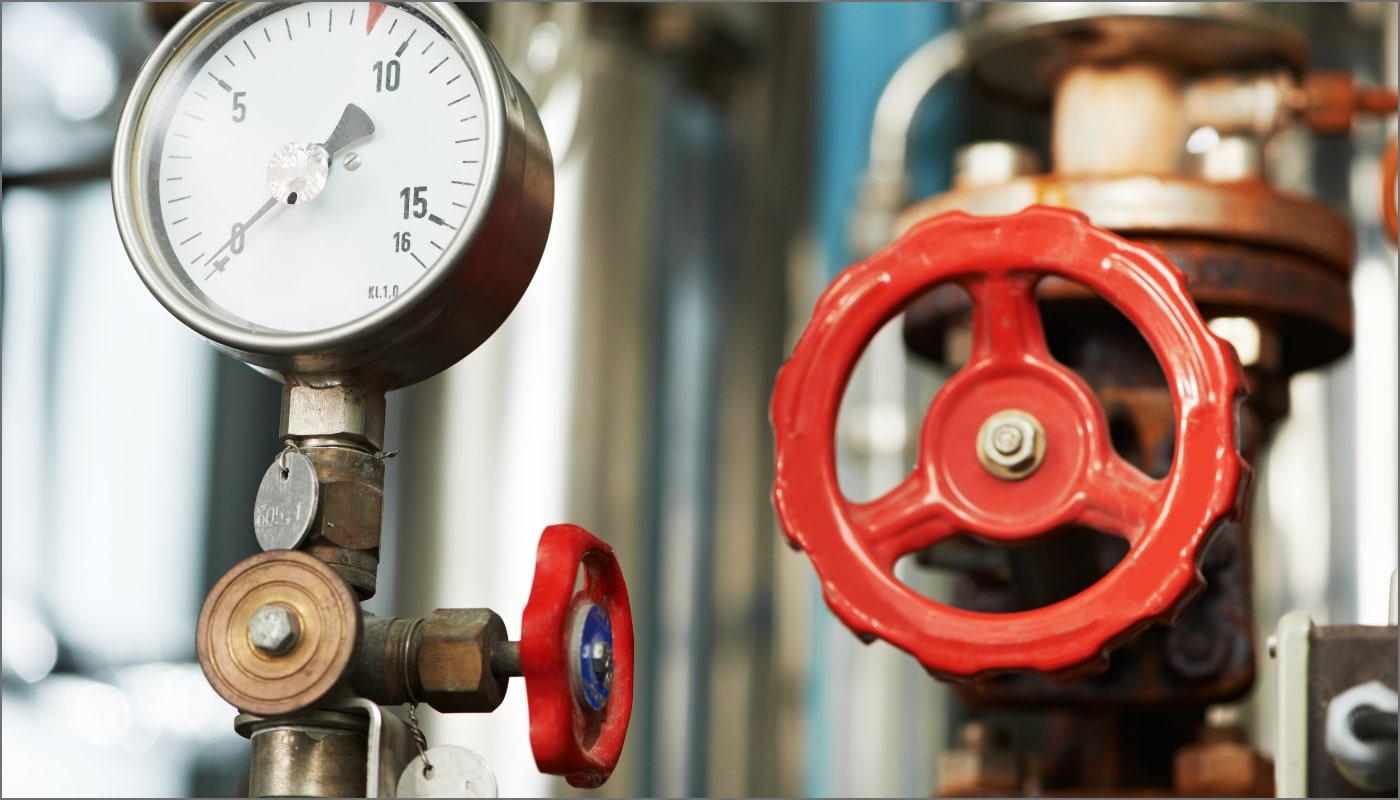
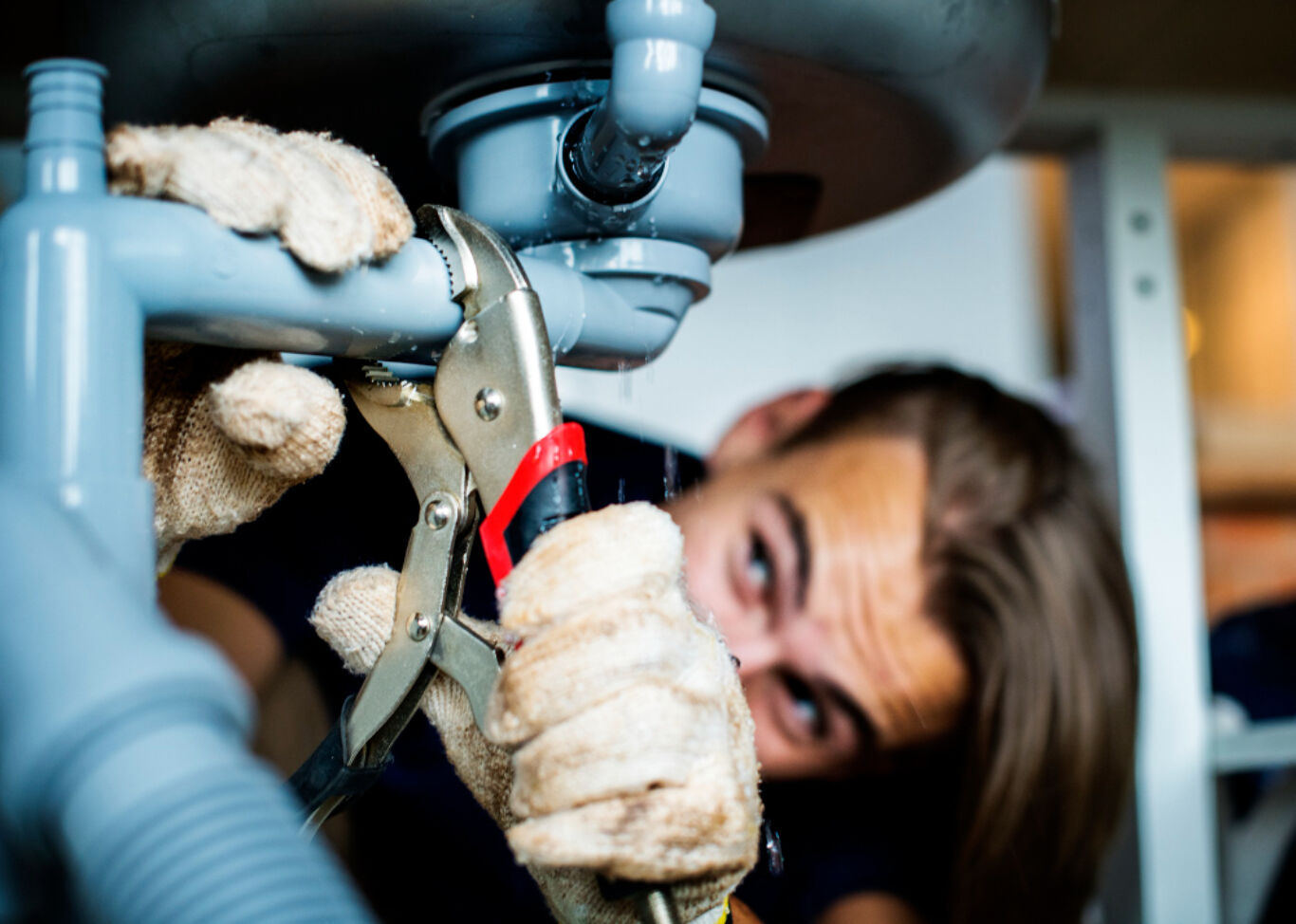
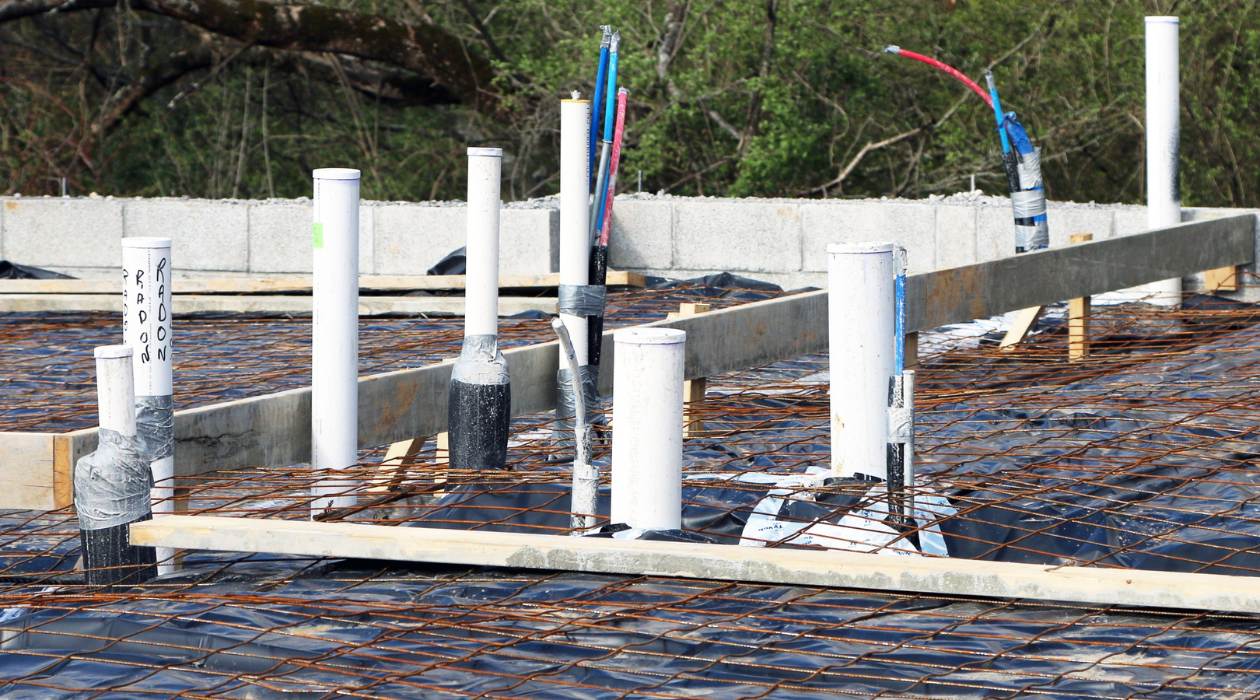
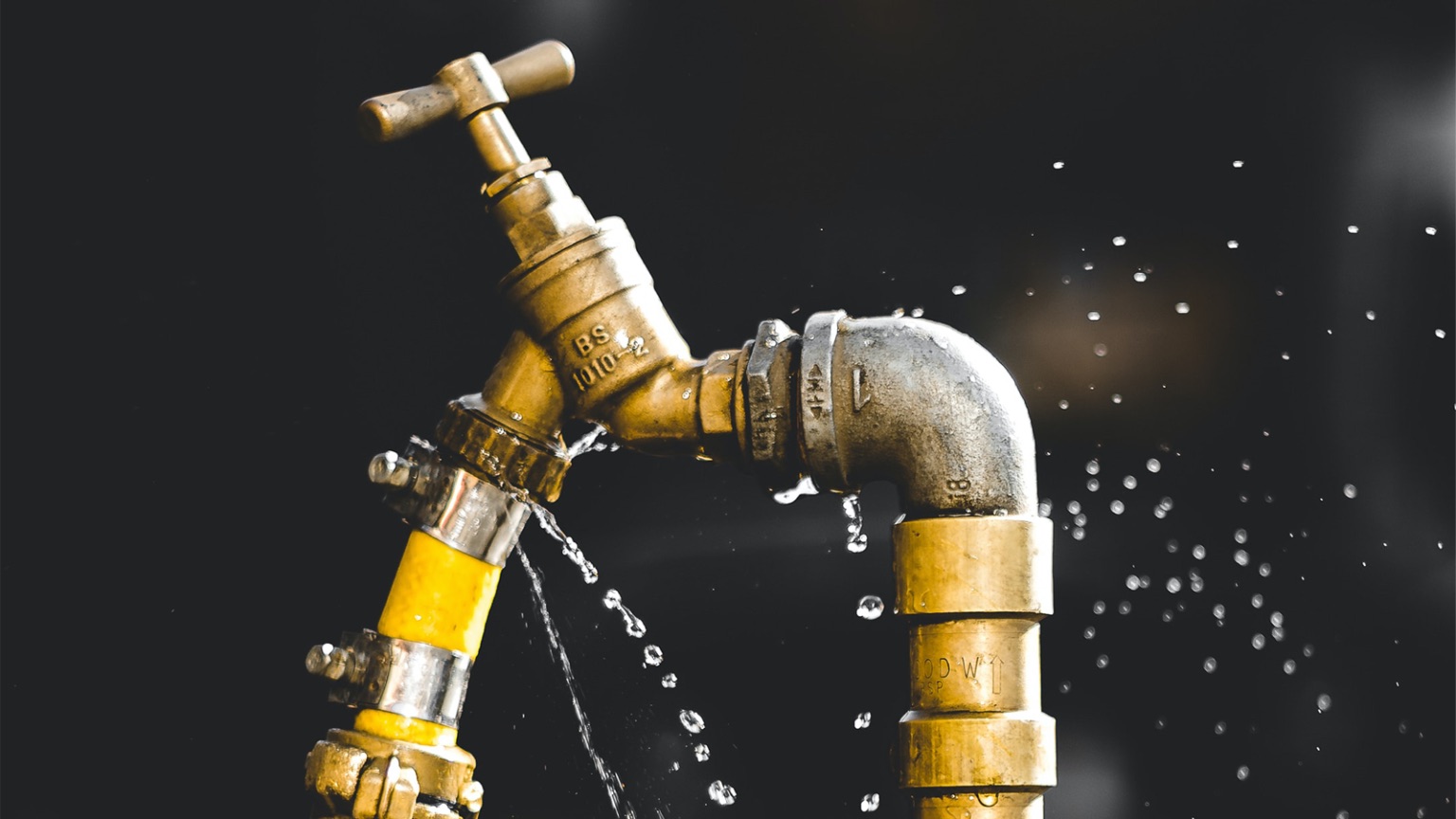
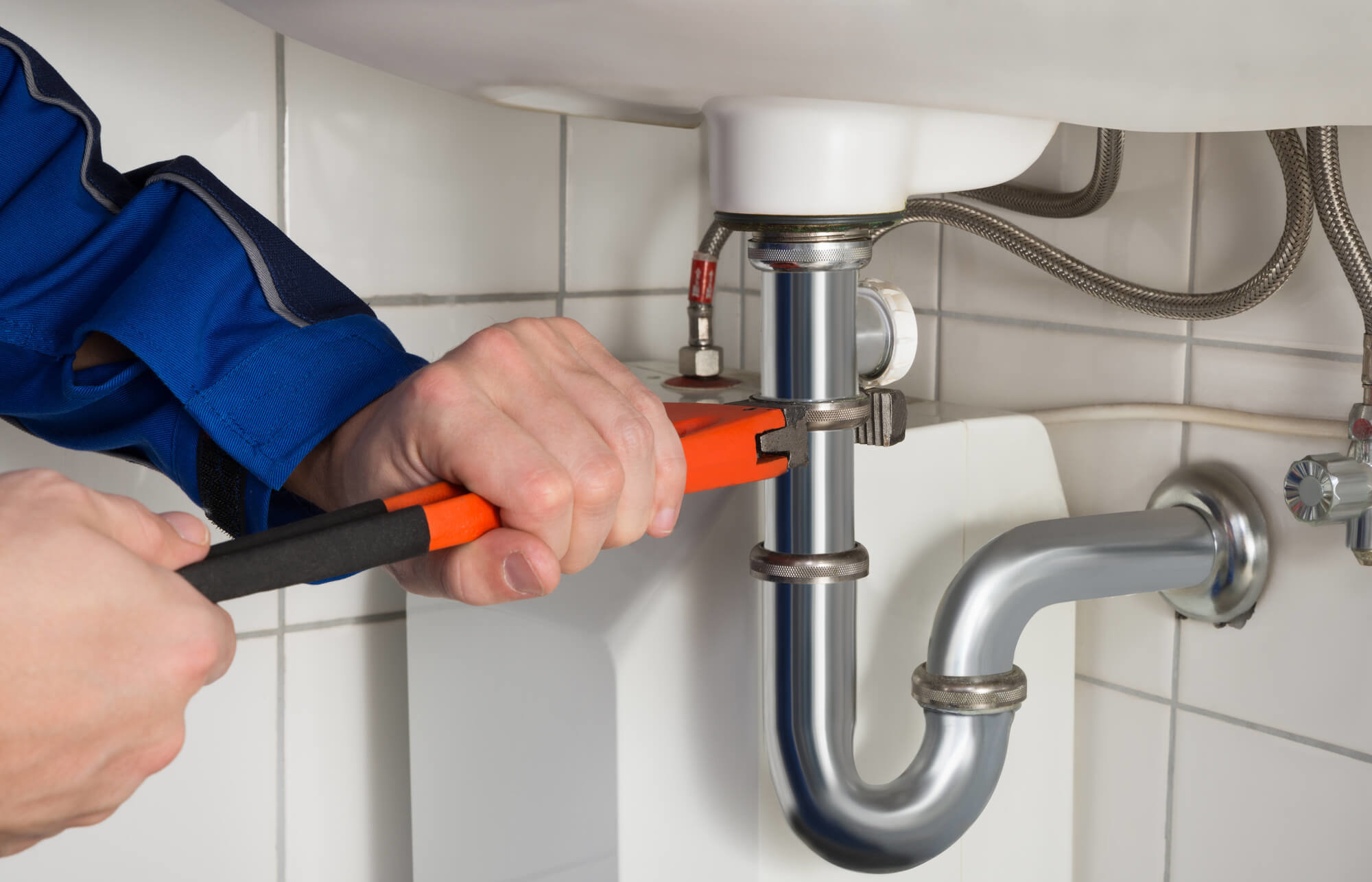
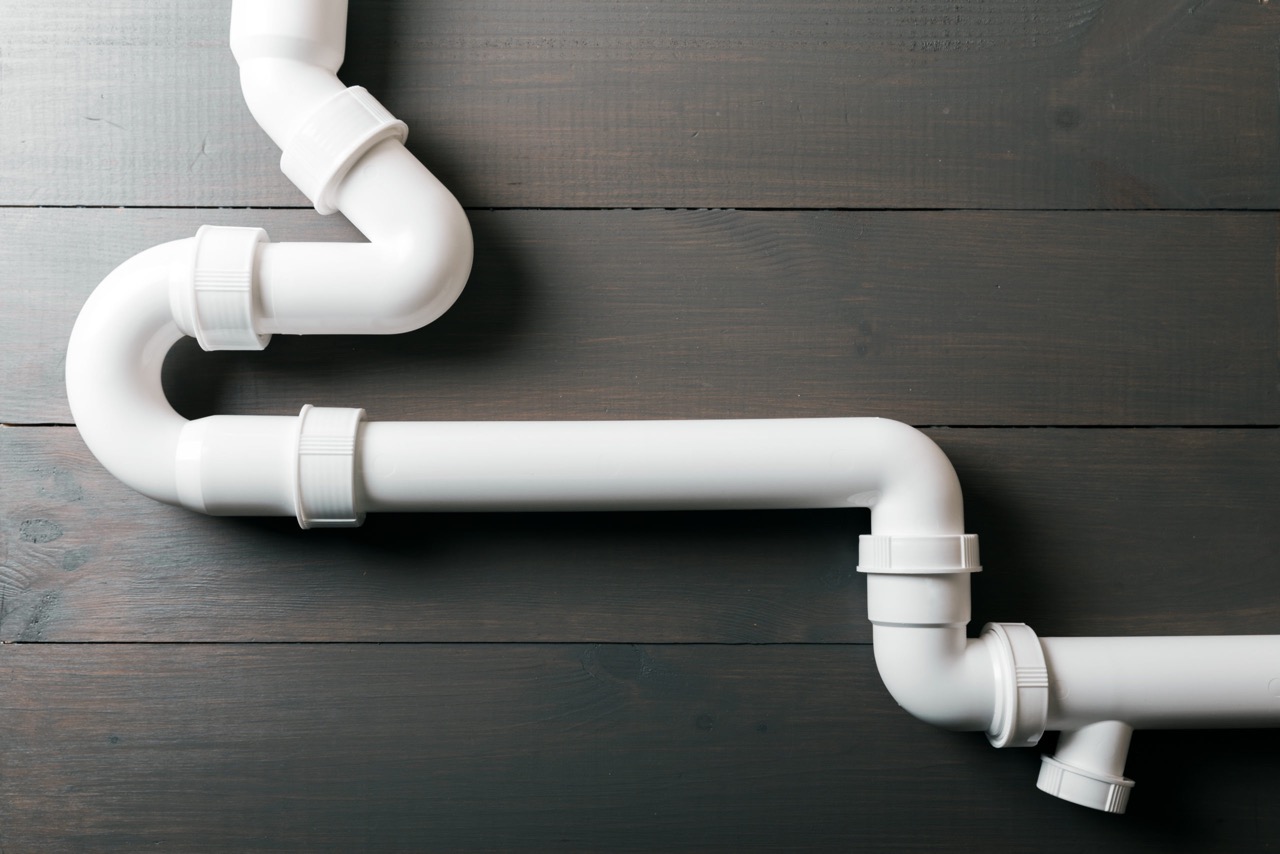


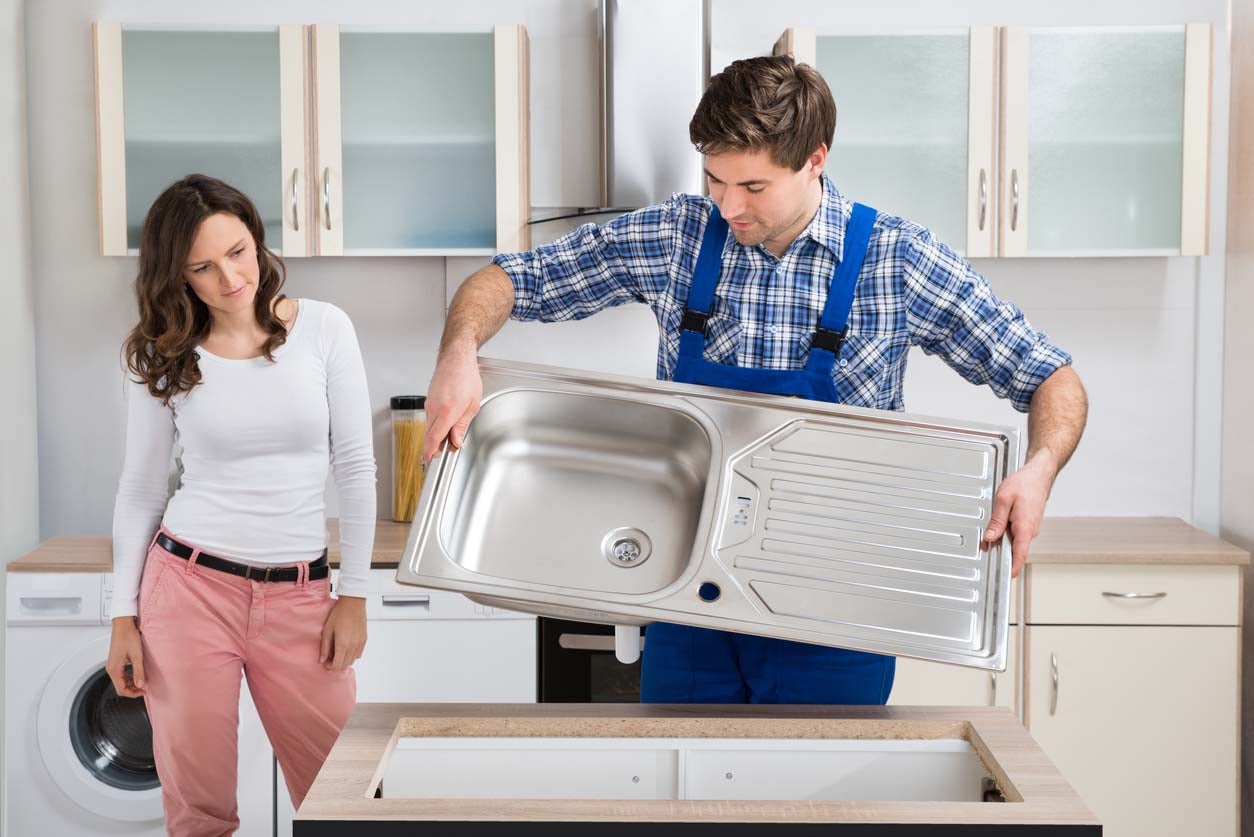
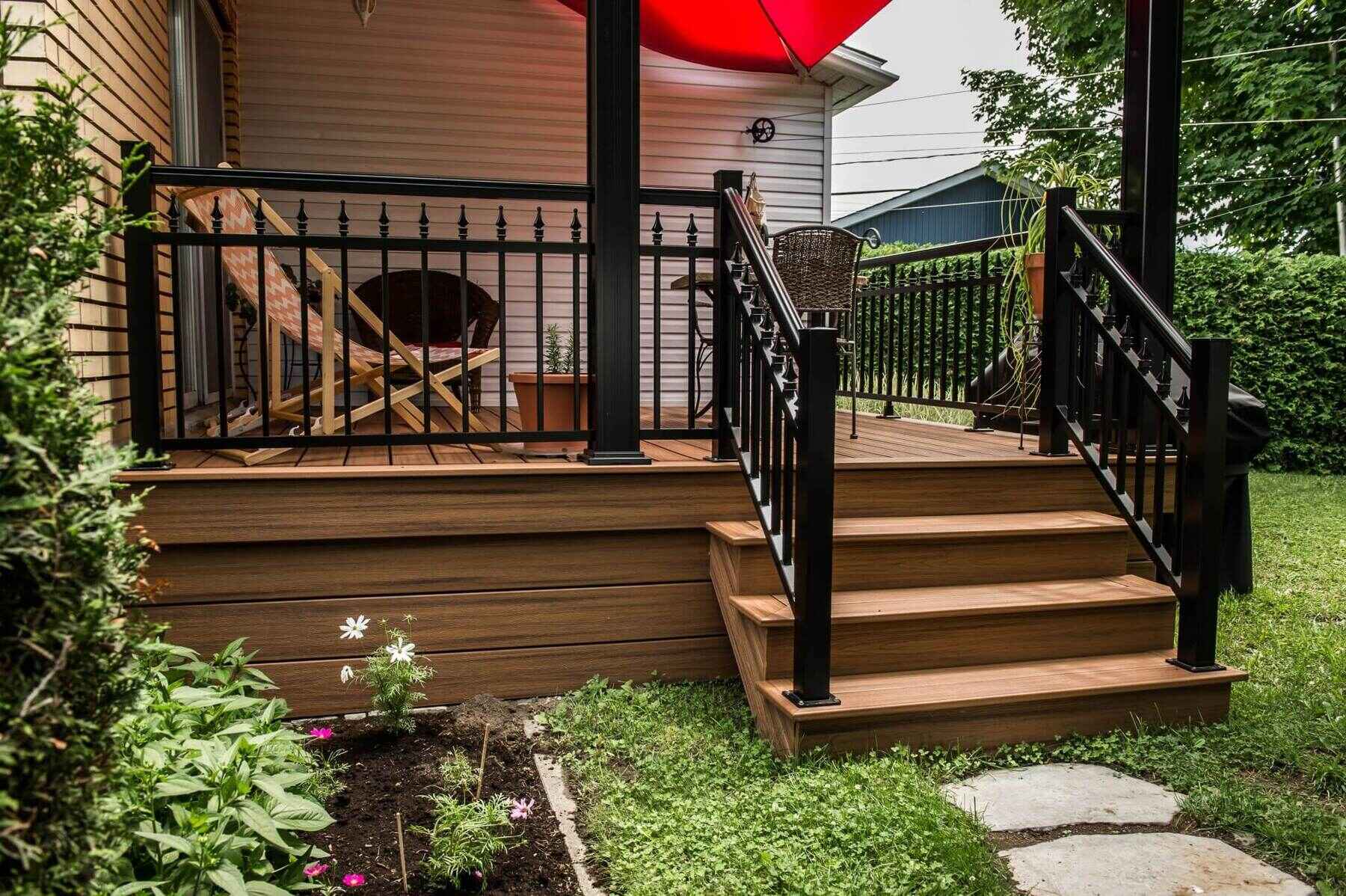
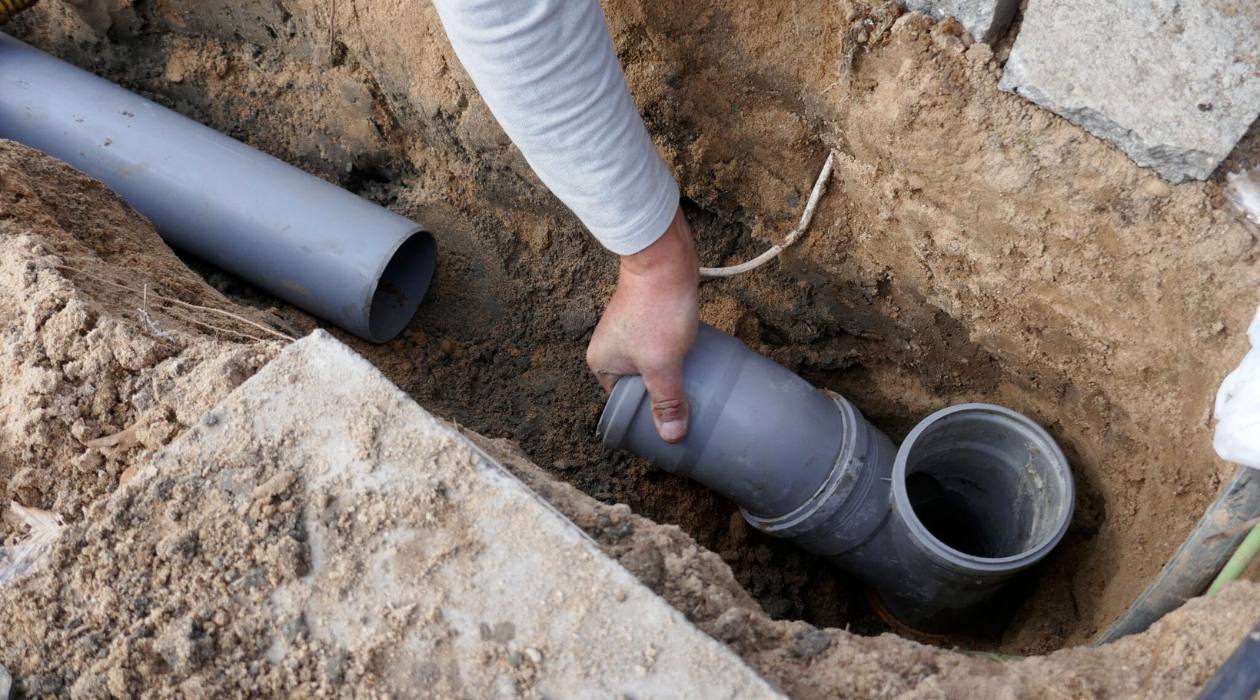
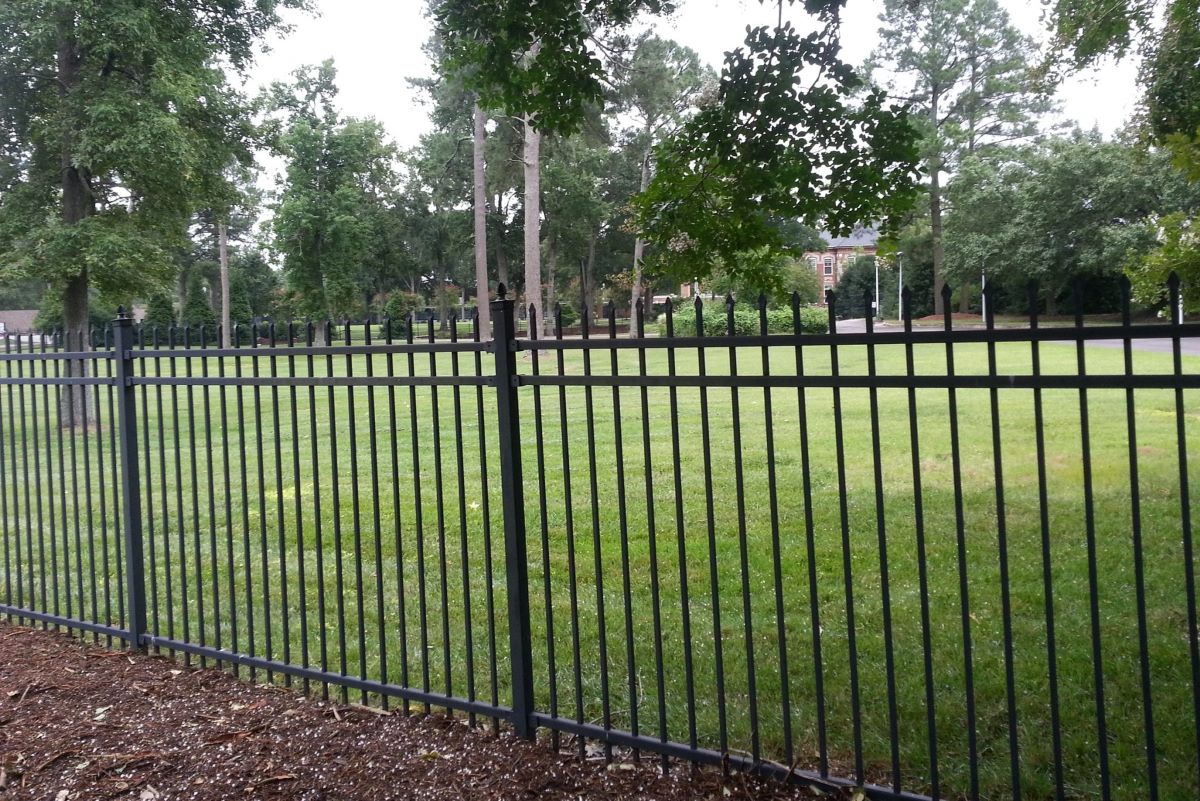
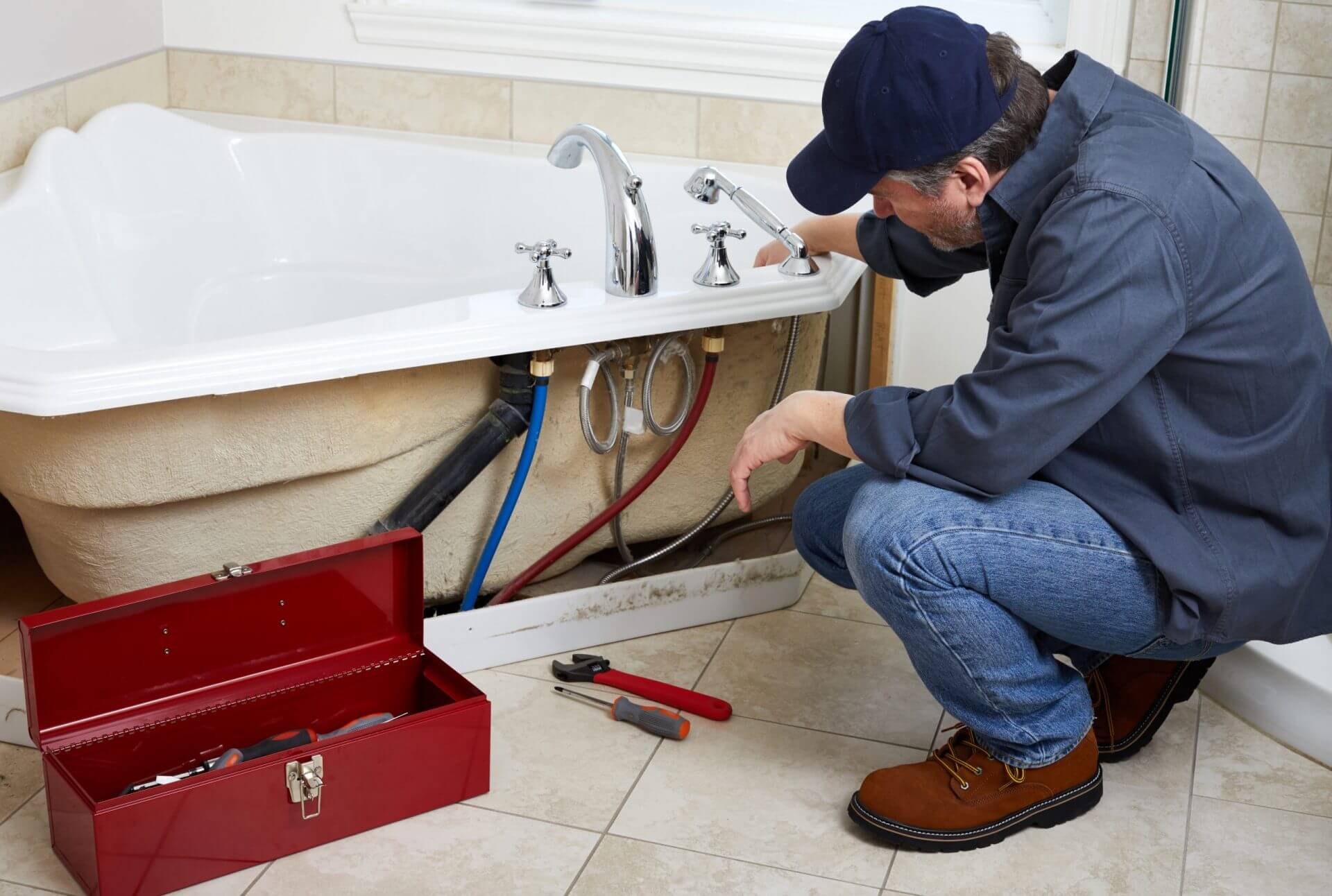
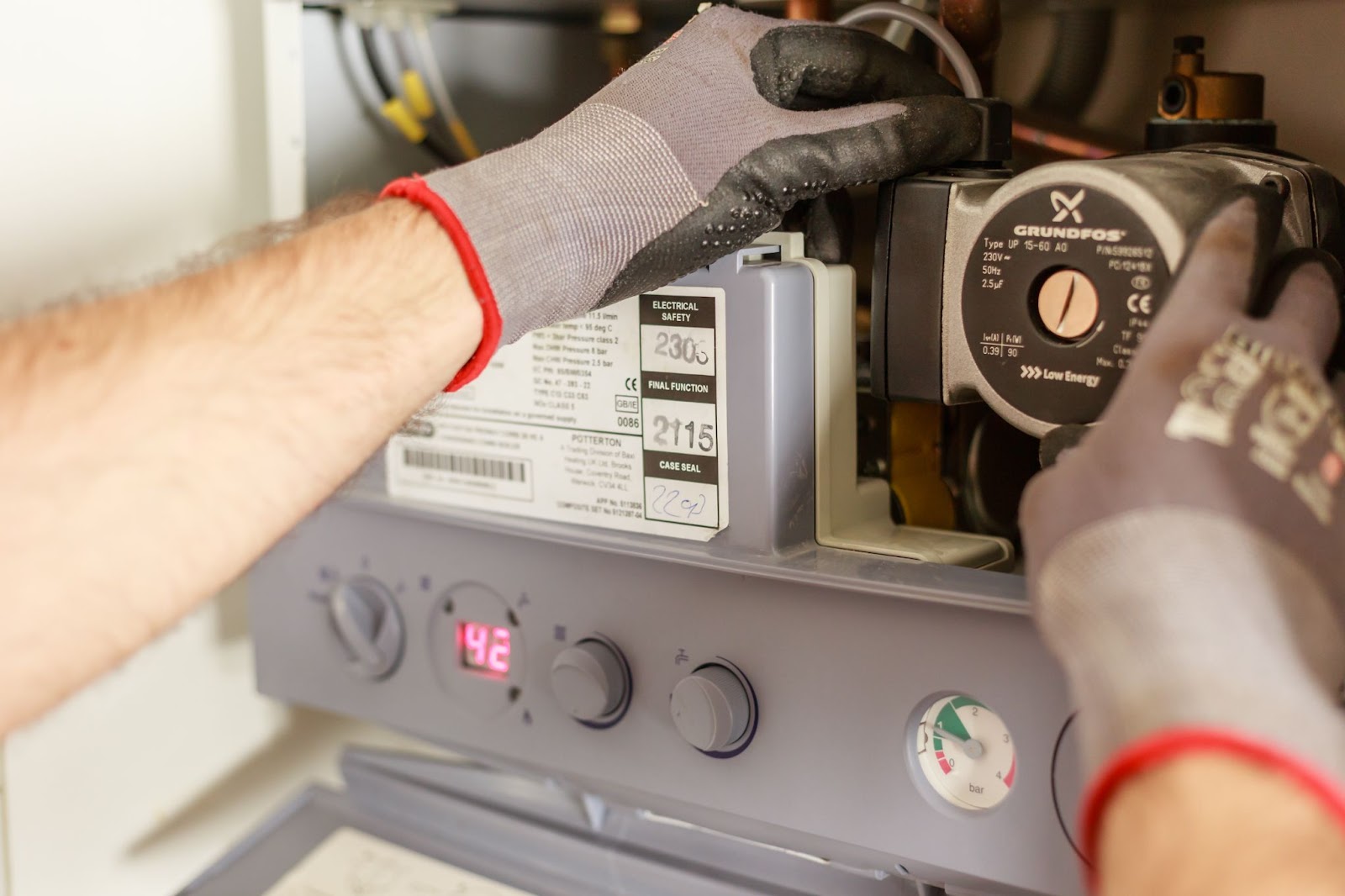

0 thoughts on “How Much Does It Cost to Replace Cast Iron Plumbing?”